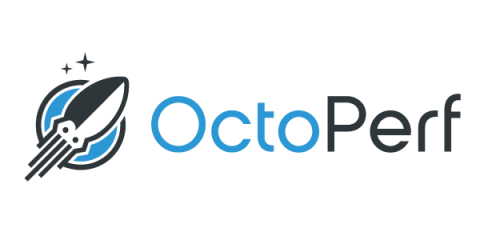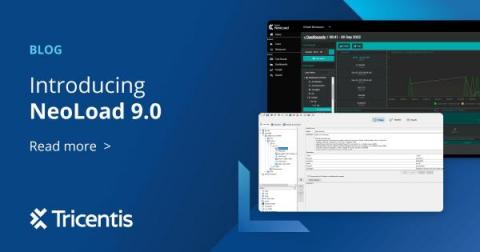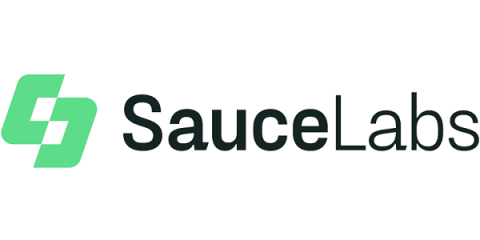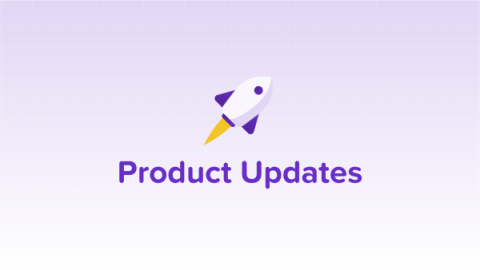Performance Response Times
When performance testing you need a set of requirements to measure your response times against. When defining these you should do so with your end users or business teams. It is relatively easy to predict volumes, load and users that will use your application as you will no doubt have some data based on your current systems. It is a lot harder to agree on what the response times of your application should be.










